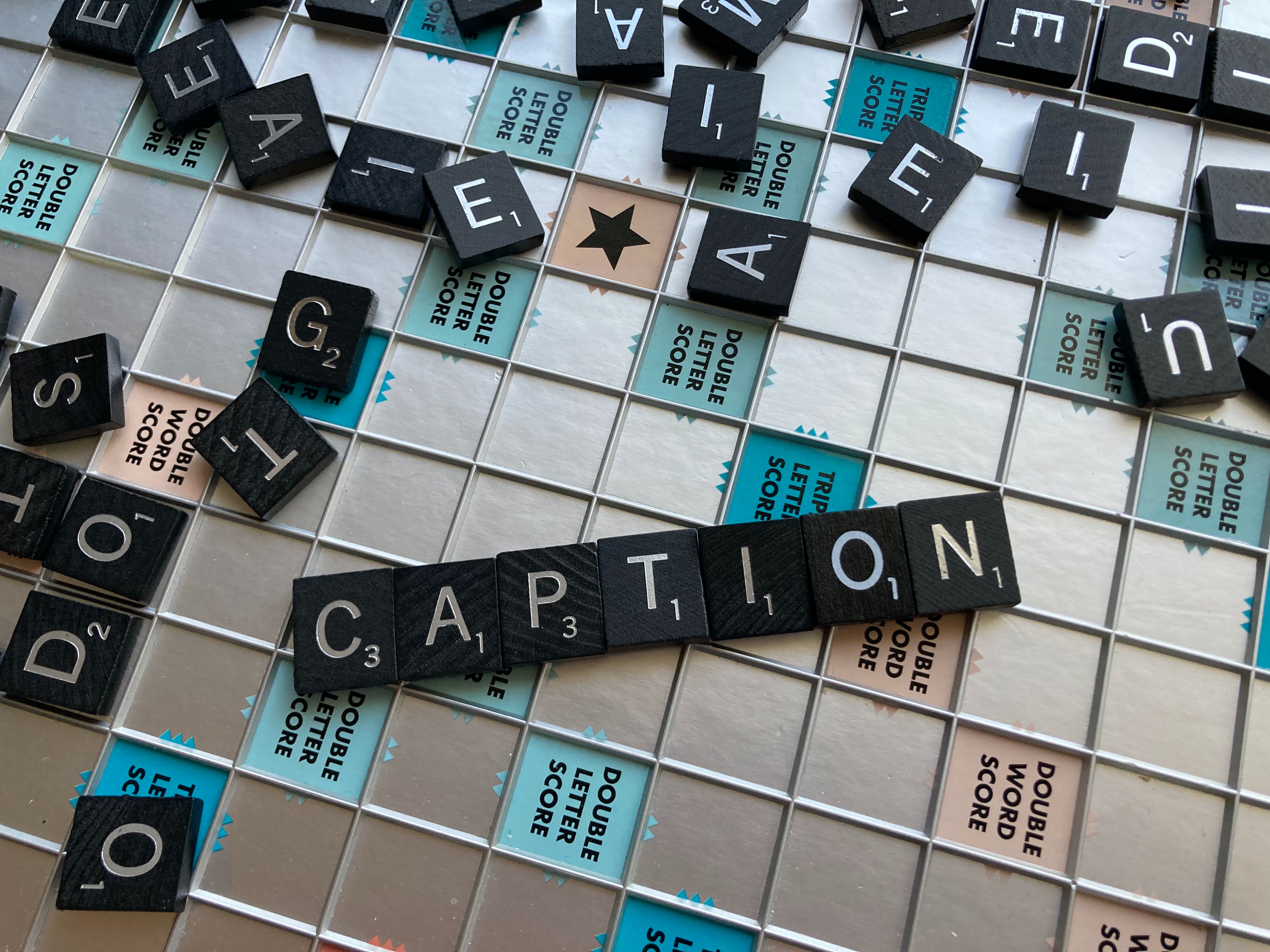How often do you watch video content on your TV or phone with the captions? A recent study determined that 80% of Netflix subscribers use subtitles or closed captions on the platform at least once a month. Subtitles and captions have supported audience members watching in non-native languages and with hearing loss, respectively, for some time. However, the general public now often relies on or prefers watching with captions and subtitles.
We often hear people using the terms “closed captioning” and “subtitles” interchangeably and incorrectly. They aren’t the same. Here’s some helpful intel to make sure you’re using the right terminology and understand the purpose of each.
What is the role of closed captioning?
Captions were originally developed as an accessibility tool for individuals who are Deaf or hard of hearing. Captioning refers to the process of converting audio content into on-screen text. Captions support both pre-recorded and live video content. They can also be used for audio-only content, such as podcasts. Captions can appear on the same screen as the video content, or they can be displayed on a separate, nearby monitor.
With captions, individuals with hearing loss can engage effectively with audio and video content. Captions are programmed to display on-screen in sync with the spoken text or other audio elements of a video. Viewers who use captions can, therefore, follow along with a video’s plot and messaging in real-time.
There is also a difference between captions and closed captions. Closed captions are real-time captions that viewers can enable or disable at will. Closed captions can be selected or deselected via remote control . They generally appear on the top or the bottom of the video as white text in a black box.

What is the role of subtitles?
Subtitling is a style of captioning, but is most generally used when different languages come into play. It’s likely that audiences around the world tuned in to watch Game of Thrones with subtitles. They can greatly help international audiences to understand content created in a different language. Subtitles are created via text which is pulled from a translation or a transcript of a script. Subtitles are almost always displayed at the bottom of the viewing window.
Typically, subtitles serve the purpose of translating or transcribing dialogue in real-time. Offering content with subtitles allows greater audiences viewing video content which was created in a different language to understand what’s being said in the original audio. For example, foreign-language films will almost always be screened with subtitles. Without them, many wouldn’t be able to understand the content. With subtitles, content creators, media and businesses can reach greater international audiences.

The difference between closed captioning and subtitles
As mentioned, subtitles are technically a form of captioning. However, the terms are not synonyms. Subtitles and closed captions meet different sets of needs. Let’s break down closed captioning vs. subtitles.
Closed captions typically serve as accessibility tools that provide equitable viewing experiences to audience members who are Deaf or hard of hearing. For this reason, closed captions represent not just the spoken dialogue of a video, but additional non-speech audio elements. These might include audio components like sound effects, lyrics from songs being played, laughter, repeated words, inaudible speech and more.
In many cases, the inclusion of these non-speech audio components is necessary to allow viewers with hearing loss to fully follow a video’s plot. Even minor sound cues have the ability to impact the narrative of a video. Failing to include these audio cues can negatively impact the experience of any viewer who is Deaf or hard of hearing.
Subtitles, on the other hand, are not designed to offer access to people with disabilities. They therefore don’t contain information on non-speech audio components. Subtitles are a valuable resource for viewers consuming content in a non-native language. Subtitles therefore cannot be used to provide equitable viewing experiences for audience members with disabilities. Subtitles are wonderful at increasing comprehension and international reach, but they do not satisfy the requirements of major accessibility standards and guidelines.
SDH subtitles vs. captions
There is also a version of subtitles known as SDH subtitles to be aware of. SDH is shorthand for “Subtitles for the Deaf and Hard of Hearing.” These, like captions, include additional audio elements to offer improved accessibility for those with hearing loss. SDH subtitles may also include speaker tags to support clearer messaging for viewers with disabilities.
SDH subtitles and closed captions are similar in that each of these captioning styles includes audio elements to offer more equitable viewing experiences to all. However, there are a few technical differences between each of these solutions:
- Unlike closed captions, SDH subtitles are supported by High-Definition Media Interface (HDMI) and can be incorporated into a wider range of media types.
- Closed captions almost always appear as white text encased in a black box that can be placed anywhere on a screen, while SDH subtitles can generally be found on the bottom third of a screen and can be formatted in a range of font colors and sizes.
- SDH subtitles are encoded as bitmap images or an array of tiny pixels, while closed captions are transmitted as a stream of commands, control codes and text.

How can you make captions accurate portrayals?
Captions only serve their purpose when they’re accurate. Individuals who are Deaf or hard of hearing can only reap the benefits of closed captioning as an accessibility tool when they are correct. On-screen captions must achieve exceptionally high rates of accuracy to support the needs of diverse audiences according to the Americans with Disabilities Act (ADA). There are tons of automatic captioning tools at your disposal these days, but to provide access, you need to use professional closed captioning services like Verbit‘s or others. The process of captioning content is quite easy. With a professional partner like Verbit, its possible to accurately and quickly caption content in bulk as well.

Verbit’s closed captioning process
Whether it’s a live show, recorded video, social media clip or podcast, Verbit can provide the accurate captioning and subtitles needed. Verbit uses both artificial intelligence (AI) and professionally trained human transcribers to caption content or translate it for subtitles quickly and correctly. There are also many integrations into content platforms in place to make the process automated and easy. For example, Verbit integrates with YouTube where you may be hosting videos to produce YouTube closed captioning quickly. It’s also far superior to the tools built-in to YouTube automatically which won’t always caption correctly without some ‘human touch.’
Using Verbit’s bulk uploading capabilities makes it easy to make your content accessible with captions and subtitles that can support individuals with disabilities and non-native speakers alike. Reach out today for advice on making your online content and media more accessible to reach more audiences. content.




